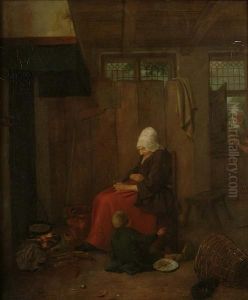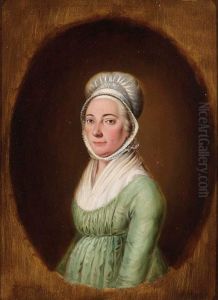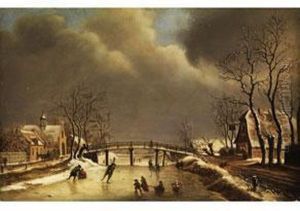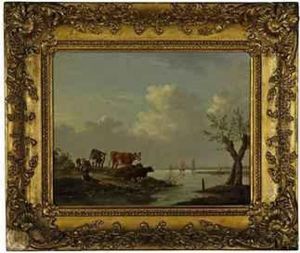Johannes Christian Janson Paintings
Johannes Christian Janson was a Dutch painter born in the year 1729. Not much is known about his early life or training, but he is noted to have been active in the art scene during the 18th century. Janson is particularly recognized for his work in the Rococo style, which was characterized by lightness, elegance, and an exuberant use of curving natural forms in ornamentation.
Janson's work primarily consisted of landscapes and animal paintings, which were quite popular in the Netherlands during that period. His approach to landscape painting was influenced by the Dutch tradition, which often focused on realistic portrayals of the country’s flat, pastoral, and water-filled scenery. However, Janson also infused his work with the Rococo spirit, which can be seen in the playful and decorative elements that he incorporated into his compositions.
Throughout his career, Janson maintained a focus on the pastoral and bucolic aspects of the countryside, depicting cattle and other animals within his landscapes. These subjects were well-received in a culture that took pride in its rural heritage and the agrarian economy. Janson's paintings often reflect a serene and idyllic view of rural life, which was a common theme among artists of the Rococo period.
Unfortunately, Janson's life and work were cut short when he died in 1784. Despite his death at a relatively young age, his contributions to the Dutch painting tradition were significant. His art continued to influence other landscape and animal painters in the Netherlands and beyond. Today, Janson's work is held in private collections and occasionally appears in art auctions, where it is valued for its historical significance and its embodiment of the aesthetic qualities of the 18th-century Rococo style.



